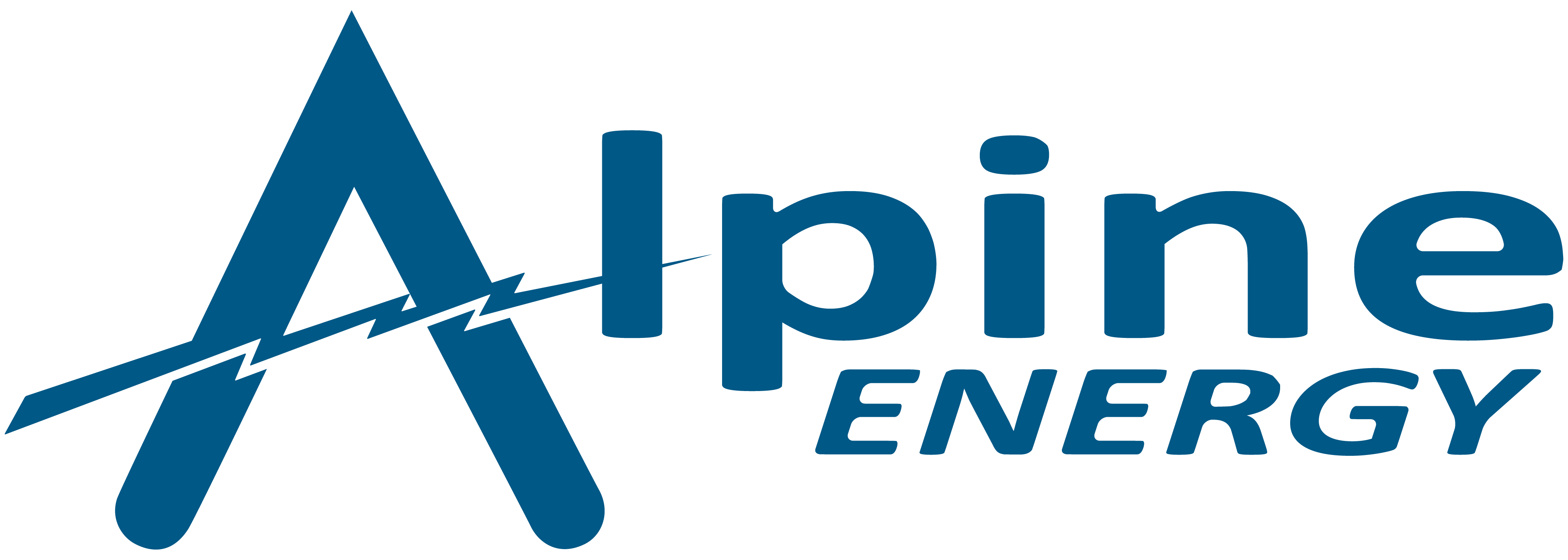Using generators in a power outage
We understand that power outages can disrupt your life or business. We're here to help minimise the impact whether it’s a planned or unplanned outage.
Let’s discuss your temporary power options.
Eligibility
We always work as quickly and safely as possible to restore power to all our customers. When planned outages or network emergencies occur, we might provide power to essential organisations like hospitals, schools, and businesses if we have the resources available. This depends on factors like whether the organisations have their own generators and if we have enough generators available.
Where possible, we’ll provide generation during planned outages to:
- Healthcare and emergency services
- Critical government services
- Early childcare services
- Elderly care facilities
- Council water treatment facilities
- Essential community needs (e.g. one supermarket, one fuel station, one public healthcare provider, a community centre)
If your business is not on the list above and needs guaranteed continuous electricity supply, we recommend you arrange for temporary or stand-by power generation to keep your business or essential equipment operating.
Hiring or buying a generator
There are a variety of options available to hire or buy a generator. Portable generators are compact, easily moved, and ideal for temporary power needs like camping or powering essential appliances during short outages. Standby generators, on the other hand, are permanently installed and automatically activate during power outages, providing continuous electricity for your entire home or business. While portable generators are sometimes more affordable, standby units offer convenience and peace of mind.
Start by finding out how much capacity you need. Qualified electricians can give you estimates and recommend a power solution that works best for you.
You can hire portable or stand-by generators from a number of providers:
Portable generators
Renting options
- Power Distribution | Hirepool
- Hireworx | Generators
- Twizel Hire | Generators
- Hire Portable Generators | Kennards Hire
- Generator Hire | Ashburton Uhire
Purchase options
- Generators | Mitre 10
- Petrol Generators | Bunnings NZ
- Shop Generators | TopmaQ
- Generators | Honda
- Generator | Yamaha Motor NZ
Stand-by generators
Renting options
- Generators NZ | QPower
- Home | GRS (Generator Rental Services)
- Industrial Generator Models | Aggreko NZ
- Diesel Generator Sets Rentals | Terra Cat
- Power Distribution | Hirepool
- Hireworx | Generators
- Generator Hire | Ashburton Uhire
- Generators | Specialised Industrial Solutions
- Hire Portable Generators | Kennards Hire
- Generators | NZPGS
Purchase options
- Generators NZ | QPower
- Generators | Specialised Industrial Solutions
- Industrial Generator | Power Equipment New Zealand
- Generators | NZPGS
We recommend you contact suppliers ahead of time to see if they can help you, as transportation and installation time can vary.
Safety when using a generator
Your safety is our number one priority. Generators are a reliable backup during power outages but it’s important to exercise caution when using them.
When using portable generators, you should NEVER:
- Attempt to connect your generator to your mains switchboard, a wall outlet or by altering your house wiring. This could feed electricity back into our network and risk the lives of line workers.
- Connect loads that exceed the generator's maximum output rating. Most generators have a maximum rating in watts, for example 2000 watts (two kilowatts)
- Use a generator indoors. You risk carbon monoxide poisoning from the fumes and also risk causing a fire.
- Add fuel to the generator while it is running
- Use damaged leads or appliances. You should also use a safety switch designed especially for generators.
- Connect all appliances at the same time; start with the largest and progressively add successive ones up to the generator's maximum output.
- 'Piggyback' cords - always use a multiple-outlet box with built in load limiters.
When using stand-by generators, REMEMBER:
- A licensed electrician must install the generator and make necessary wiring changes.
- Installations have either an automatic or manual changeover switch that disconnects the incoming mains and couples the generator to the installation wiring. This changeover must occur to stop electricity feeding back into our lines and putting the lives of line workers at risk.
- Connected loads must not exceed the maximum rating of the generator. To limit the load to the maximum load rating of the generator, the installation wiring is split into essential and non-essential sections so that only the essential loads are supplied by the generator.
- To make sure that you are not billed for using the generator, the connection must be on the installation side of the energy meter.
- Generators designed to start automatically in the event of a power cut should be test-run on load at periodic intervals. The best way to ensure that a generator will start and changeover if the mains fail is to turn off the building main switch.
- All generators should be regularly serviced by a specialist company.
Let’s keep in touch
If you have arranged to use a generator during a planned outage, please give us a call to let us know. This will help us keep the team safe while they are working.
